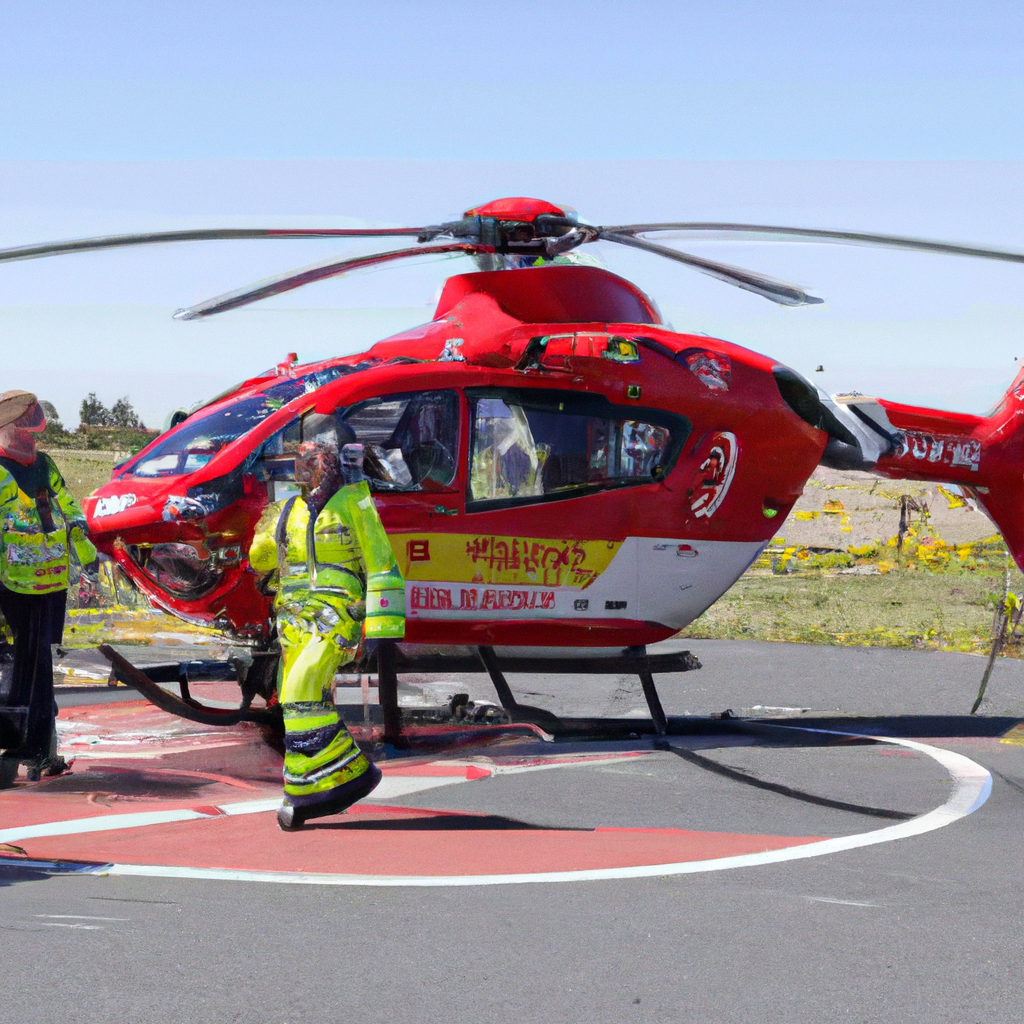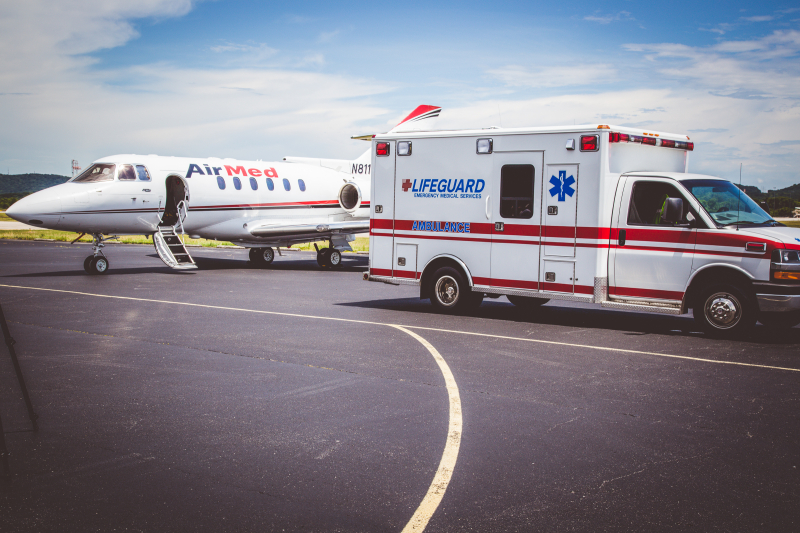When it comes to air ambulance operations, coordination is absolutely crucial. Picture this: a person is critically injured and needs immediate medical attention. The clock is ticking, and every second counts. In this high-pressure environment, effective coordination becomes the lifeline for the patient’s survival. From the moment the distress call comes in, a well-coordinated team springs into action, ensuring that everything from the dispatch to the transport runs smoothly. The importance of coordination in air ambulance operations cannot be overstated, as it is the key to a successful and efficient rescue mission.
Overview
In the high-stakes world of air ambulance operations, coordination plays a vital role in ensuring the safe and efficient transport of patients in critical condition. From communication to resource management, timely response and collaboration, coordination is essential in every aspect of this challenging field. In this article, we will explore the definition of coordination, its importance in air ambulance operations, and how it facilitates effective decision-making and standardized practices.

Definition of Coordination
Coordination, in the context of air ambulance operations, refers to the process of harmonizing and synchronizing various elements involved in the transport of critically ill or injured patients. It involves the seamless collaboration and communication between multiple stakeholders, including medical teams, ground ambulance services, dispatch centers, aviation operators, and hospitals. Effective coordination ensures that each component of the operation is integrated, resulting in a smooth and efficient workflow.

The Role of Coordination in Air Ambulance Operations
Coordination is the backbone of air ambulance operations, acting as a crucial catalyst in achieving successful patient outcomes. It safeguards patient safety, optimizes resource allocation, facilitates timely response and transport, fosters collaboration between stakeholders, enables effective decision-making, and promotes training and standardization of practices.
Ensuring Smooth Communication
Communication is paramount in air ambulance operations, where every second counts. Coordination plays a pivotal role in ensuring smooth and efficient communication among all stakeholders involved. It establishes clear lines of communication, allowing real-time information exchange, critical updates, and the coordination of actions. Effective communication enables medical teams to provide the necessary pre-flight patient assessment, receive guidance from medical control, and relay vital information to receiving hospitals.
Efficient Resource Management
Optimal resource management is crucial in air ambulance operations to ensure that the right resources are available at the right time. Coordination helps in effectively allocating and utilizing resources such as aircraft, medical equipment, and personnel. By coordinating with dispatch centers and hospitals, air ambulance services can streamline operations, minimize response times, and maximize resource utilization. This ensures that the right level of care is provided to patients throughout the transport process.
Timely Response and Transport
In critical medical situations, time can be the difference between life and death. Coordination plays a crucial role in ensuring timely response and transport for patients requiring air ambulance services. By coordinating with ground ambulance services, communication centers, and aviation operators, air ambulance teams can rapidly deploy to the scene, assess the patient’s condition, and initiate necessary medical interventions. Efficient coordination helps minimize delays and ensures that patients reach the appropriate medical facilities in a timely manner.
Collaboration with Multiple Stakeholders
Air ambulance operations involve collaboration between multiple stakeholders, including hospitals, medical control, aviation operators, ground ambulance services, and dispatch centers. Coordination acts as the glue that brings all these entities together, facilitating seamless collaboration and enabling them to work cohesively towards a common goal – the safe and efficient transport of critically ill or injured patients. Effective coordination ensures that all parties are on the same page, leading to better patient outcomes.
Effective Decision-Making
In complex and time-sensitive situations, effective decision-making is crucial to ensure the best course of action for each patient. Coordination plays a significant role in facilitating informed and efficient decision-making in air ambulance operations. By coordinating with medical control, medical teams can receive real-time guidance and support, ensuring that critical decisions are based on the latest information and expertise. This helps in optimizing patient care and transport, even in challenging and rapidly evolving scenarios.
Training and Standardization of Practices
Coordination is instrumental in promoting training and standardization of practices in air ambulance operations. By coordinating training programs, simulation exercises, and regular feedback sessions, coordination ensures that medical teams and other stakeholders stay updated with the latest protocols, procedures, and best practices. Standardization not only enhances the quality and consistency of care but also promotes interoperability between different air ambulance services, allowing for a seamless transition when mutual aid is required.
Conclusion
Coordination is the lifeline of air ambulance operations, playing a crucial role in ensuring the safe and efficient transport of critically ill or injured patients. From facilitating smooth communication and efficient resource management to enabling timely response and transport, coordination underpins every aspect of this challenging field. It fosters collaboration between multiple stakeholders, enables effective decision-making, and promotes training and standardization of practices. In the high-pressure world of air ambulance operations, coordination is the key to saving lives and ensuring the best possible outcomes for patients in need.




